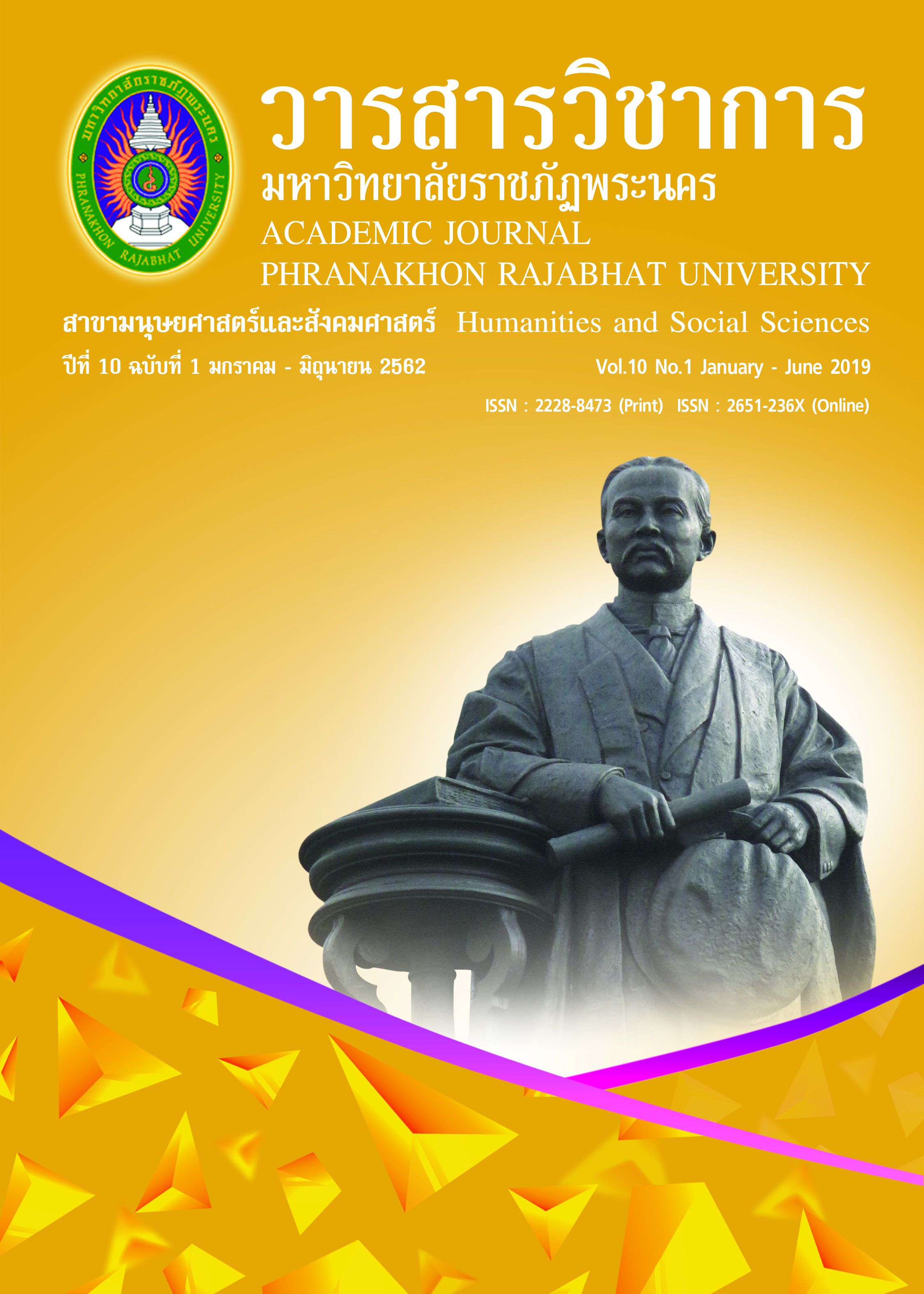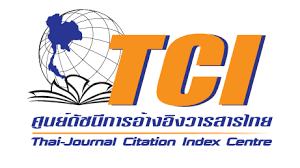ONLINE KNOWLEDGE MANAGEMENT MODEL (APPICATION) OF THE REVENUE DEPARTMENT REGION 6
Keywords:
Knowledge management, online system, appicationAbstract
The objectives of this research were (1) to study the current knowledge management problems of the Revenue Department, Region 6, (2) to create knowledge management model through the online system (APPICATION) of the Revenue Department, Region 6, and (3) to assess the knowledge management model through the online system (APPLICATION) of the Revenue Department, Region 6 Is a research in the form of research and development has 3 stages.Stage 1: Study the current knowledge management problems of the Revenue Department, Region 6 population, namely government officials, Regional Revenue Office 6, level of expertise and special expertise, 84 persons Research tools are open-ended interviews and closed-end questionnaires. Stage 2 Create an online knowledge management model (APPLICATION) According to the conceptual framework of knowledge management theory and model evaluation by 3 groups of experts Is a specialist in legal technology and human resource development. Stage 3 Assess the knowledge management model through the online system (APPLICATION and evaluate the satisfaction. Research results can be summarized as follows:
1. The current knowledge management problems of government officials, Regional Revenue Office 6 found that 1.1 Knowledge seeking most have researched themselves from documents or operating manuals. 1.2 Knowledge creation most of them have learned exchange. From monthly meetings in each segment 1.3 Collecting knowledge most of the data is stored on the computer and in their own flash drive. 1.4 Analysis and screening most of them have tried to use computers to help analyze information from the work system. And use the data to process or scrutinize as accurately as possible before using. 1.5 Transfer and dissemination of knowledge or exchange of knowledge most have a workshop in group training. 1.6 Applying or applying knowledge from training to self-development.
2. Online knowledge management model (APPLICATION) of the Revenue Department, Region 6. There are 6 elements as follows: (1) Knowledge seeking (2) Knowledge building (3) Knowledge storage (4) Analysis and screening of knowledge (5) Knowledge transfer and dissemination of knowledge or exchange Knowledge (6) Application or use of knowledge
3. Evaluation results of the knowledge management model through the online system (APPLICATION) of the Revenue Department, Region 6 Satisfaction assessment results with the online knowledge management model (APPLICATION) found that it is at a high level. Both knowledge management and the use of knowledge management systems
References
Davenport, T.H. & Prusak, L. (1998). Working knowledge: New organizations manage what they know. Boston: Harvard Business School Press.
Lorsuwanrat, T. (2005). Learning organization: from concept to practice. (2nd edition). Bangkok: Sat Four Printing.
Malhotra, Y. (1996). Organizational learning and learning organizations: An overview. Retrieved January 2, 2013, from: http//www.brint.com/ OrLrng.htm
Marquardt, M.J. (1996). Building the learning organization: A systems approach to quantum improvement and global success. New York: McGraw-Hill.
Panich, V. (2006). Knowledge Management Practice Edition. Bangkok: Institute of Knowledge ManagementFor society. (in Thai)
Varintasaen, W. (2016). Synthesis of knowledge management system development model by urgent software development process. Doctor of Philosophy Dissertation, King Mongkut’s University of Technology North Bangkok. (in Thai)
Wasi, P. (2016). Knowledge management, shortcuts, Thailand, not the era Problems and create better development. Engineering Today. 4(37), 59. (in Thai)
Yeamsang, T. (2007). Development of knowledge management model of Maha Sarakham Educational Service Area Office 1. Doctor of Philosophy Dissertation Bangkok: Mahasarakham University (in Thai)
Downloads
Published
How to Cite
Issue
Section
License
"บทความวิชาการในวารสารฉบับนี้ ถือเป็นความรับผิดชอบของผู้เขียนเท่านั้น"
สงวนลิขสิทธิ์ตามพระราชบัญญัติลิขสิทธิ์



